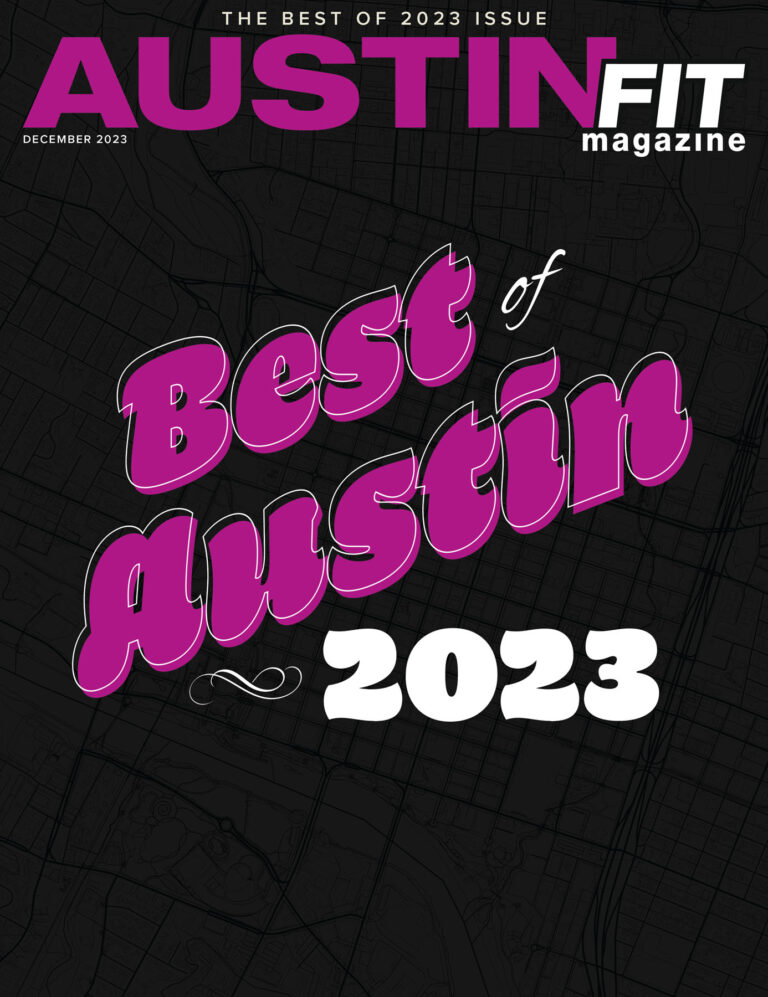Technology—Helping Kids Battle Obesity

We are all affected by the unhealthy times we live in, whether directly or by knowing someone who struggles with the daily grind of living a healthy life. There’s no question that America’s weight problem is well established. Unfortunately, the group of Americans this will impact the greatest is our children. When it comes to our children’s health, who will be their hero?
That’s the question I asked dozens of policy makers, educators, medical experts, corporate leaders, and community members in my first documentary, “Health Needs a Hero,” which focuses on childhood health issues associated with obesity. My background (as a sportscaster in Dallas and Austin and as the author of Every Town Needs a Trail) has afforded me the opportunity to interview thousands of individuals over the years, posing questions about the importance of health. What I’ve learned is that, whether professional athletes, college coaches, Little League moms, or famous actors, people’s health—as well as the health of those around them—is of the upmost importance. It wasn’t until I began work on the film that I uncovered a growing segment of our population who had absolutely no connection to health. Much of their disconnect has to do with a lack of education, low socio-economic circumstances, or limited social messaging. And when there’s an imbalance in any of the three, it can create a perfect storm where obesity becomes a way of life.
When I began filming, I was fortunate to meet a brave young woman named Ashley who, at 19, was a senior at an inner city high school in San Antonio and five feet tall, weighing 261 pounds. She became my film’s star and, in the process, I stumbled upon more than 700 high school students in the district with a body mass index over 40, an indication they may be as much as 100 pounds over their ideal body weight. This shocking revelation motivated me and the district’s physical education administrator, Roger Rodriguez, to act immediately. Together, we created an innovative physical education course called PE 3 (Physical Education for the Mind, Body, and Spirit) to help these at-risk students.
Over the course of a year and with the help of PE 3, Ashley shed 105 pounds, ran a marathon, and went to Washington, D.C., to address Congress. Like Ashley, so many students found success in reversing their obesity that the Texas Education Agency approved PE 3 as an official, statewide elective course and the Department of State Health Services soon after awarded PE 3 its highest honor for effectiveness. Ashley, and students just like her, inspired me to dig deeper—I wanted to help rewrite physical education’s story within our schools.
As obesity statistics have soared, the amount of time students spend in physical education classes has diminished. At the same time, technology use has increased. I started to think about how technology could actually become an asset, both in engaging and motiving students to lead healthier lives as well as adding value to PE classrooms—not to mention providing previously unimaginable tools to physical education specialists who manage health education in schools. This train of thought led to my founding of Interactive Health Technologies (IHT), with a mission to develop a complete technological solution for teaching and learning in PE in the twenty first century. My strategy was simple: use technology and an enhanced curriculum to write about what we all care about the most…ourselves.
My goal was to develop a simple, technology-based program that told the story of each student’s health—using their own body in motion—while connecting every stakeholder. Finally, the delivery of that story would be in the "language" students could understand best—technology.
Led by IHT’s CEO Ben Bentzin, a former Dell executive and current professor at the McCombs School of Business at the University of Texas at Austin, our talented team developed the Spirit System to include four key components.
Hardware: Students wear a simple, intuitive heart rate monitor every day in PE class. Students may also utilize a pedometer. Once class ends, their data is instantly transmitted into each student’s personal wellness portfolio as well as aggragated with the entire class.
Software: Web-based software simply and effortlessly captures, stores, and delivers each student’s effort day-to-day and year-to-year.
Curriculum: The enhanced IHT curriculum includes project-based, progressive, cross-curricular materials such as scientifically researched lessons, interactive student journals, and nutritional information. Teachers have access to a library of research-based lesson plans and resources.
Support: IHT provides training and technical and customer support via schools’ physical education programs and beyond.
Since its inception and implementation in schools (at both the state and national level), Spirit System and the IHT curriculum have motivated and empowered students, helping to better educate parents about their chilren’s health. It has also allowed teachers and administrators to monitor and assess student performance through an automated system of accountability and correlate that information back to academic and attendance success on a daily and yearly basis.
IHT believes that, if we can enable students to realize their own individual path to success in academics, nutrition, and living an overall healthy lifestyle on their own accord during these formative years, they will be more likely to carry those lessons and habits with them for life. The bottom line is that people have to learn how to do things for themselves and take individual responsibility, all while surrounded by enhanced education and support.
The script for this narrative has all come happily together through the success of the Spirit System, IHT curriculum, and “Health Needs a Hero,” inspiring, impacting, and enhancing young lives and the lives of their families and communities.
When it comes to our children’s health, there are so many heroes affecting positive change and I’d like to think IHT is such a hero. As one part of the solution, we’re striving to be in the thick of provoking conversations and actions as they relate to the role our schools play in promoting overall health and activity. Our purpose is to help write the next chapter of the story: making PE and health the fifth requirement in schools, as important as math, science, English, and social studies.
Now that would be a story book ending for our collective future.






